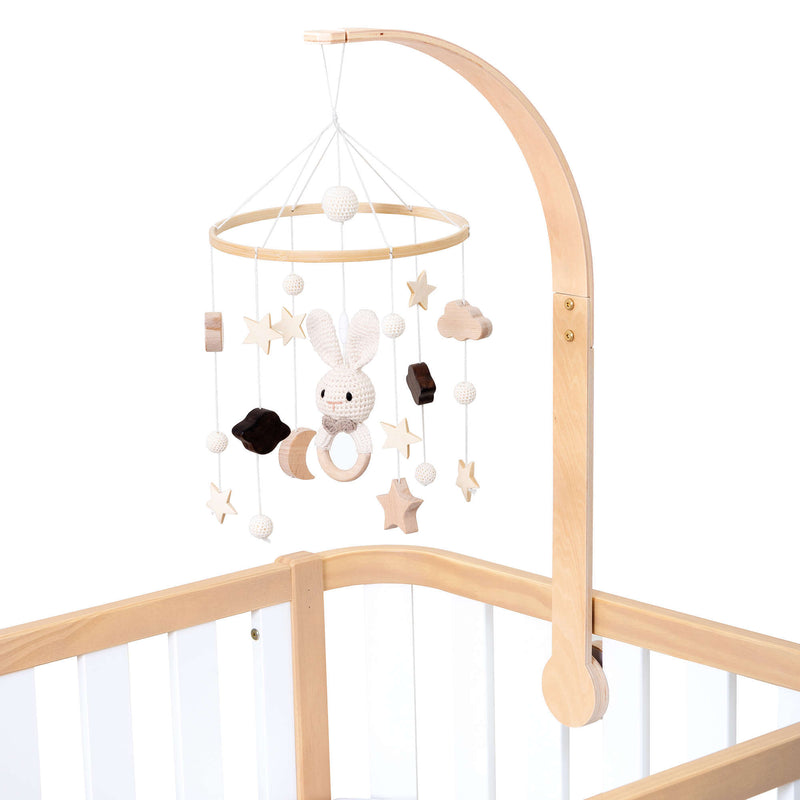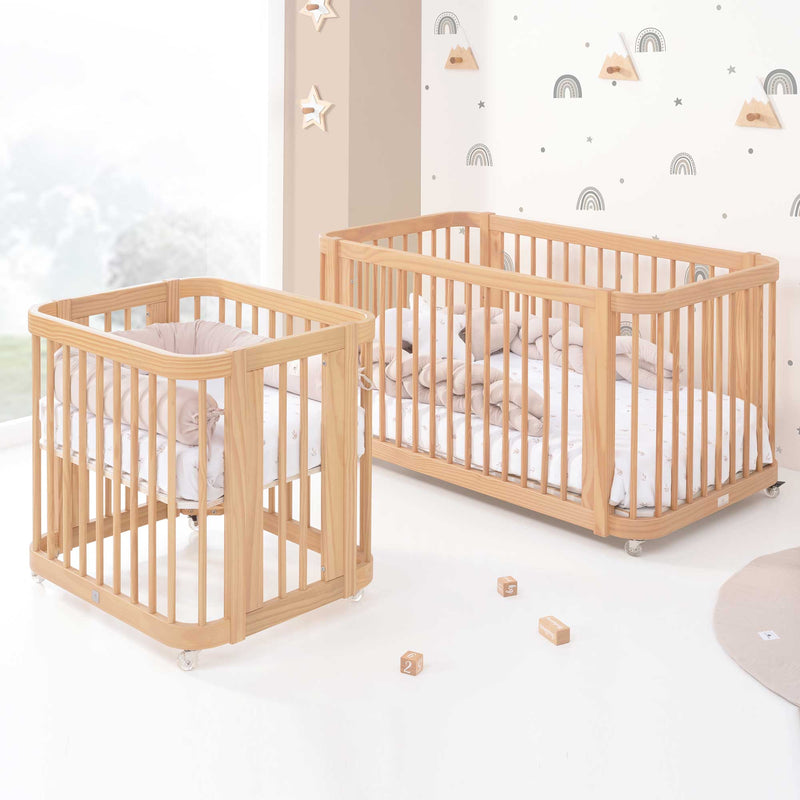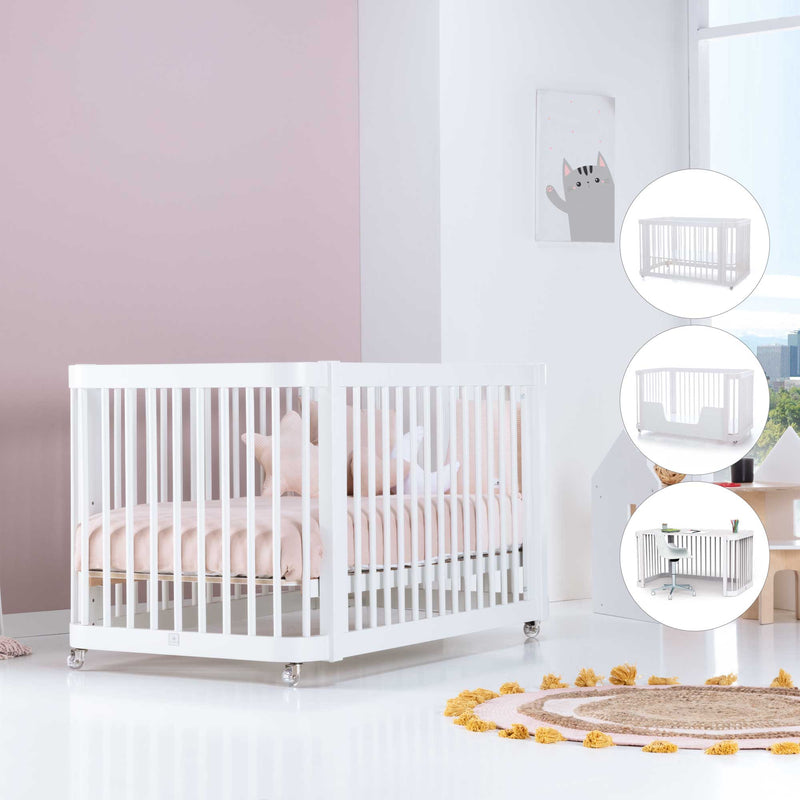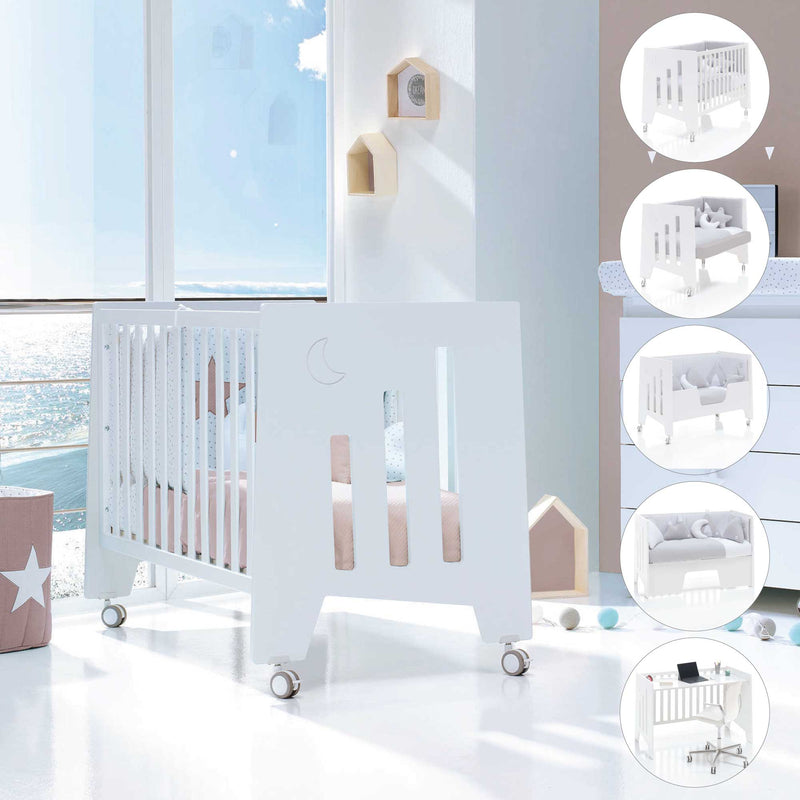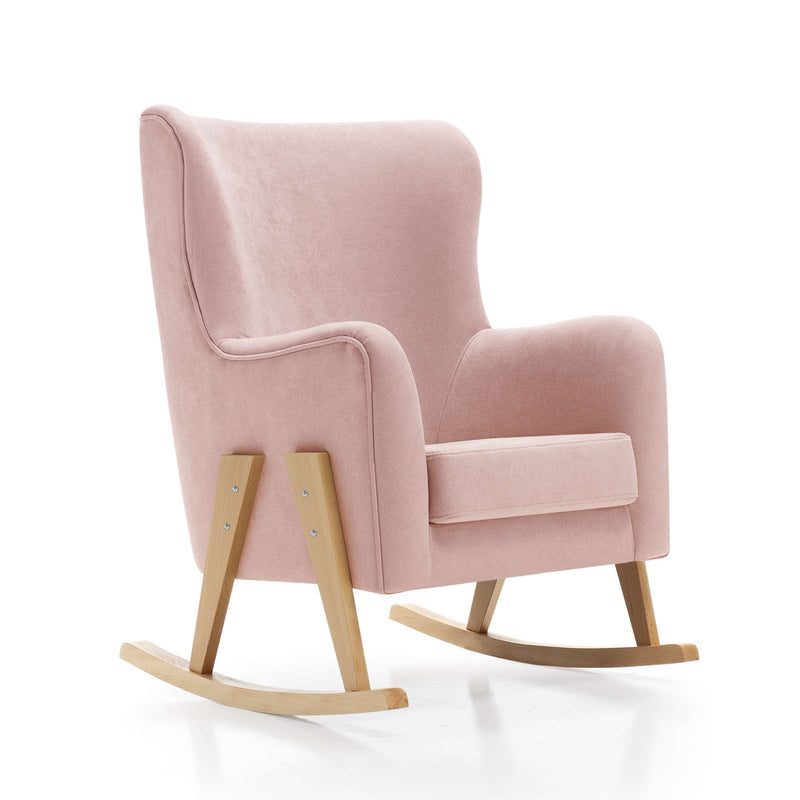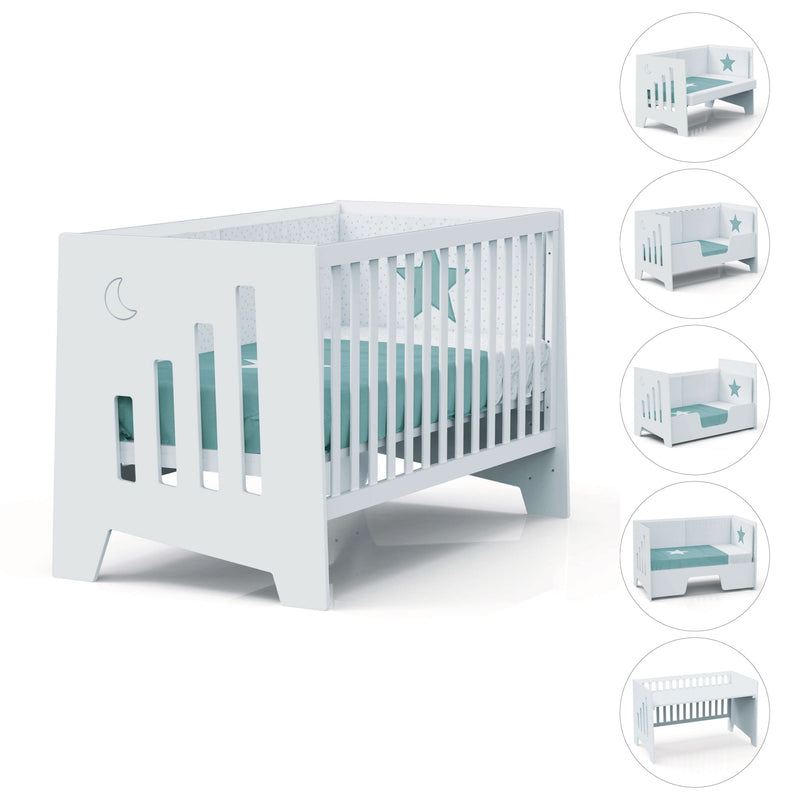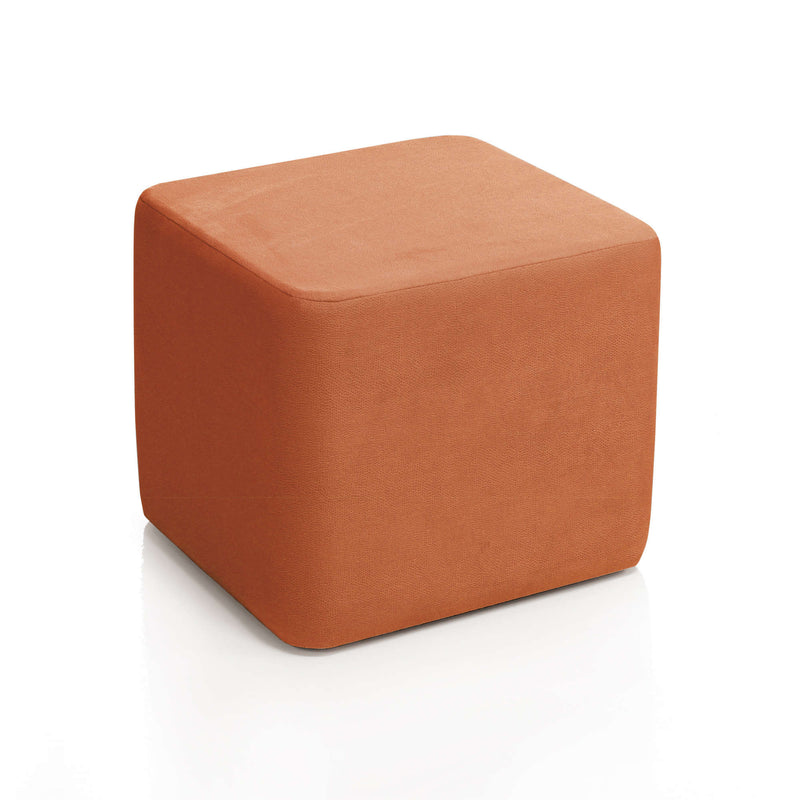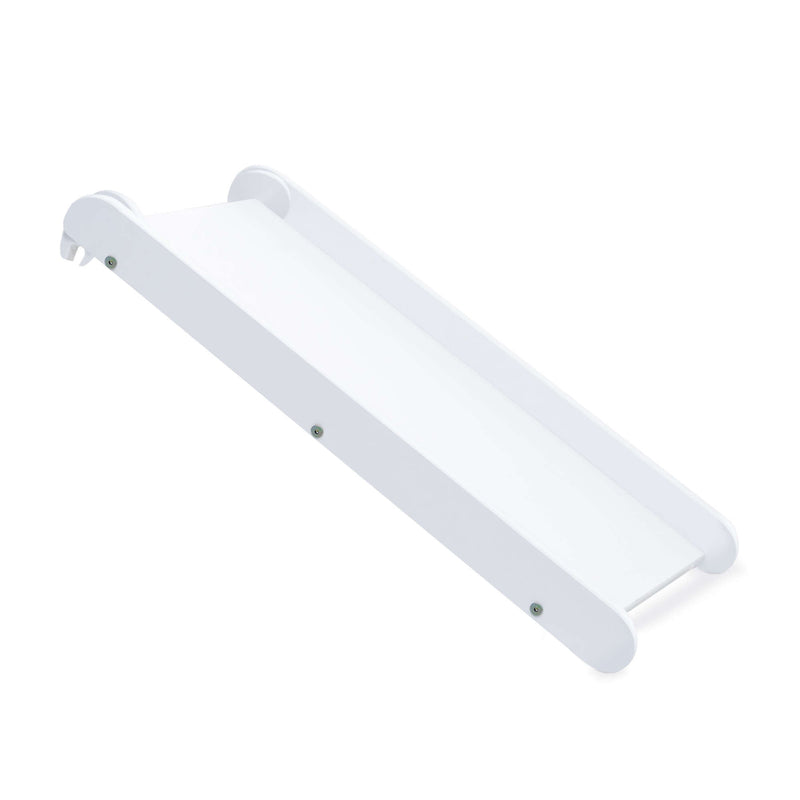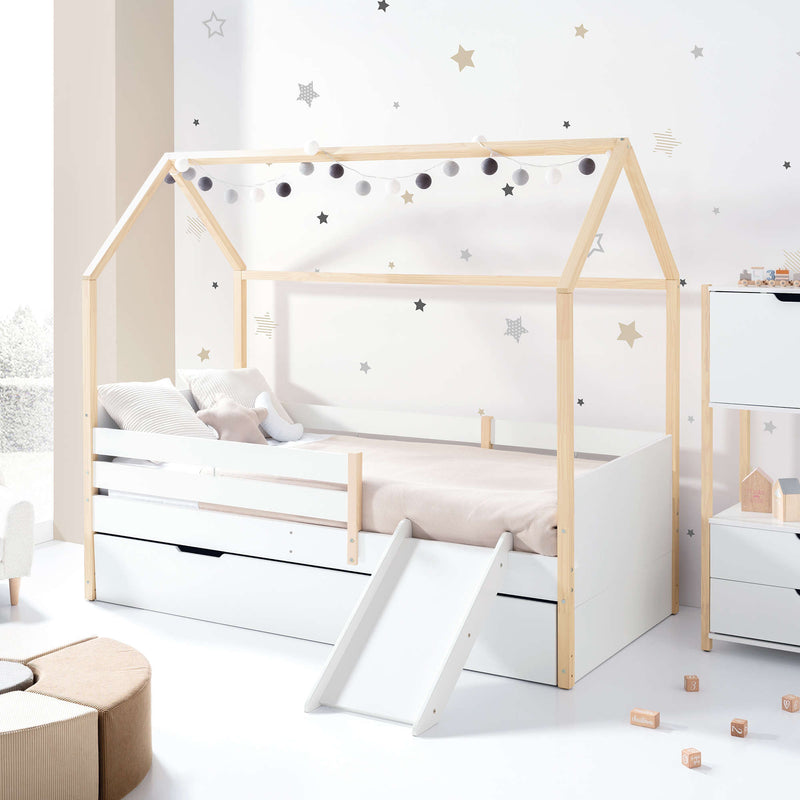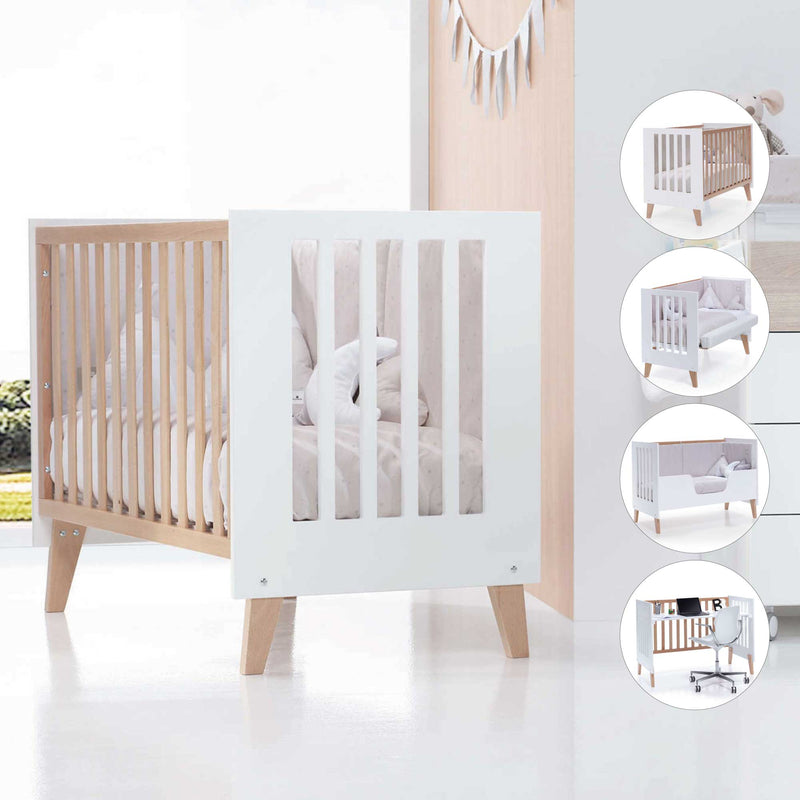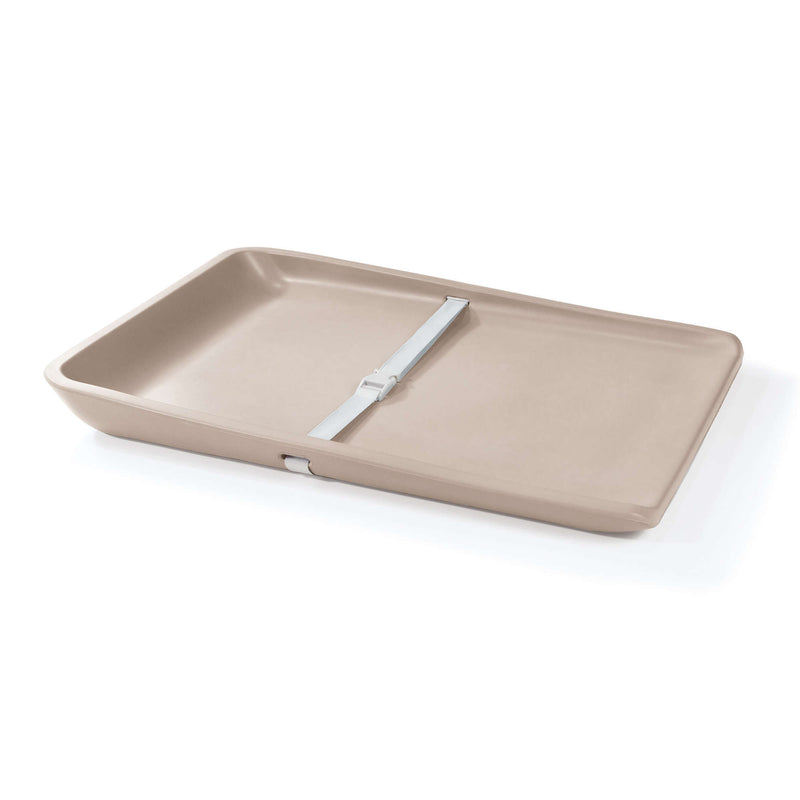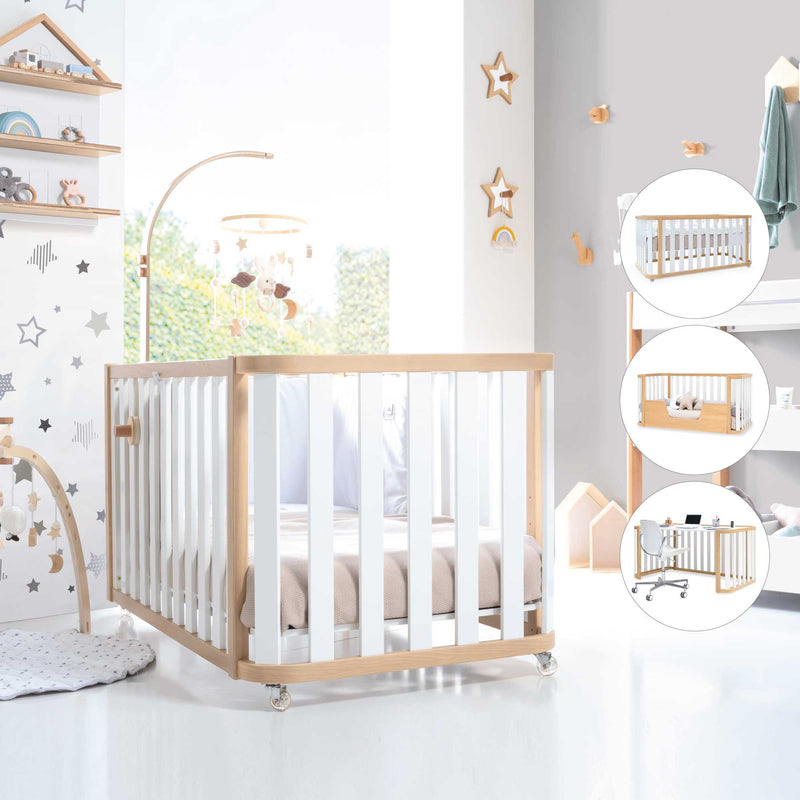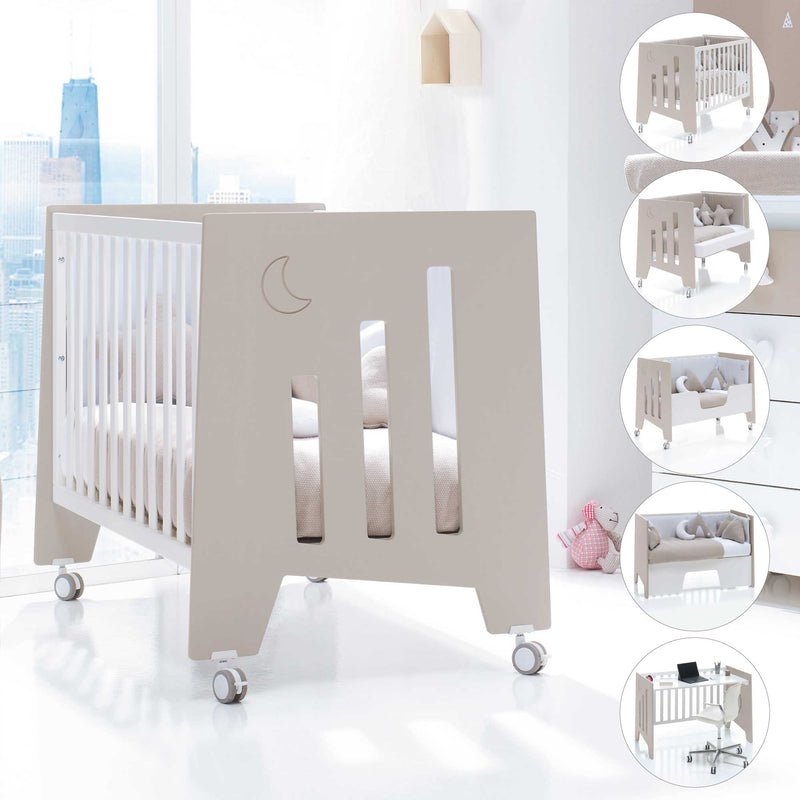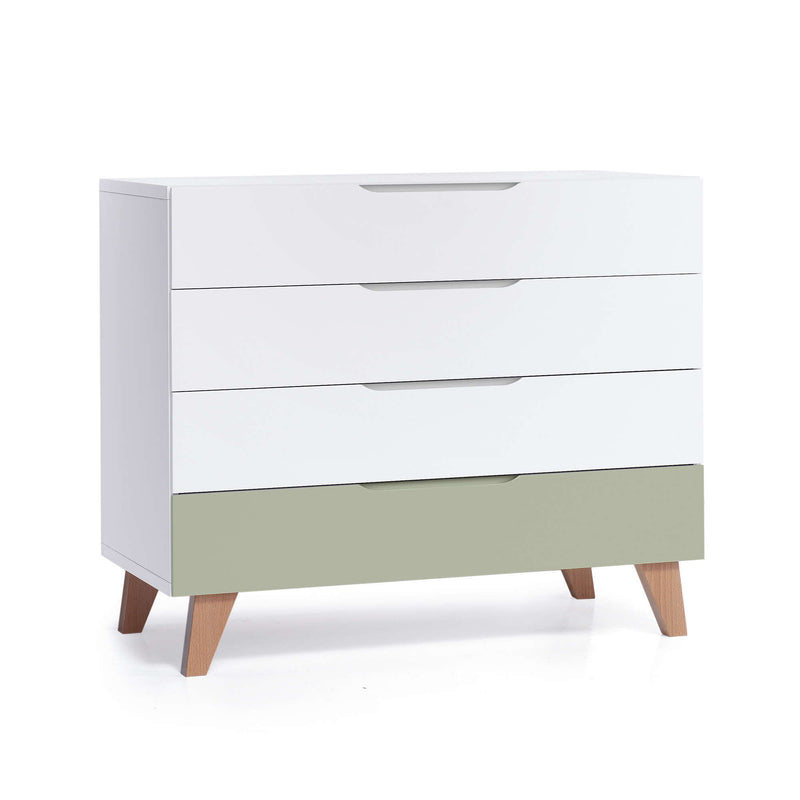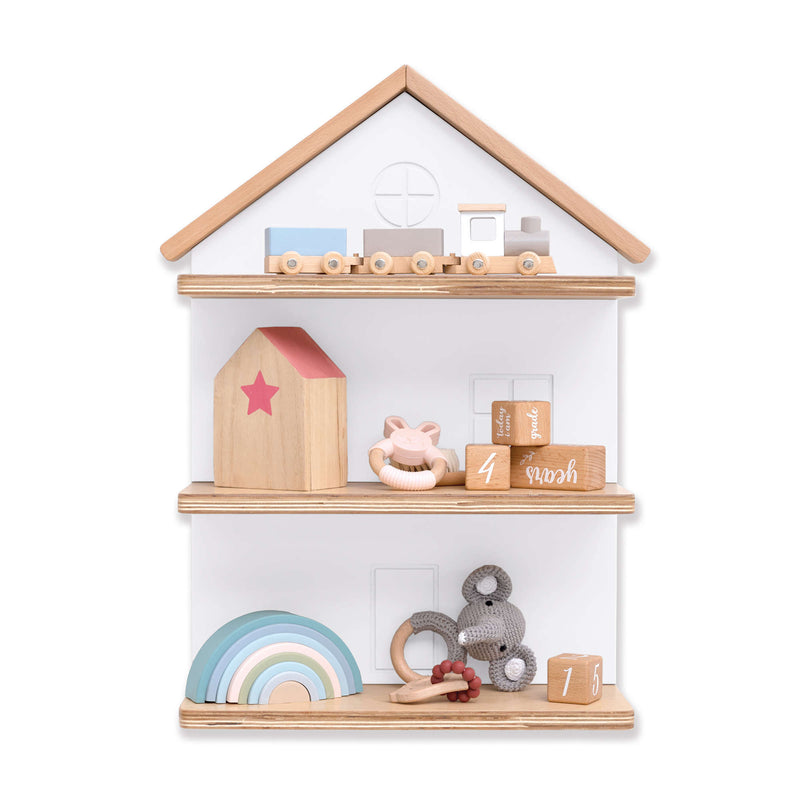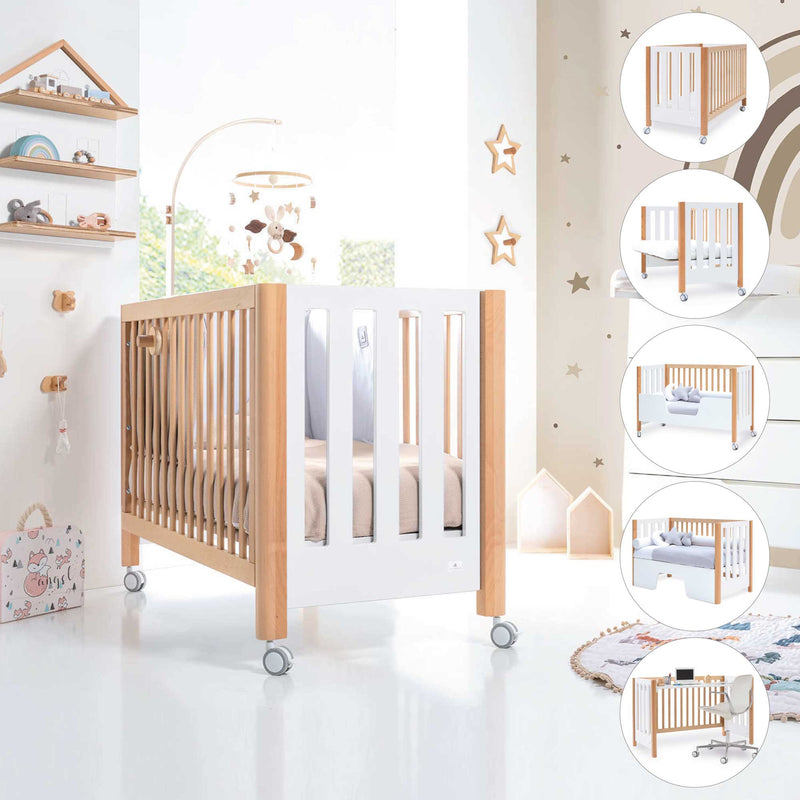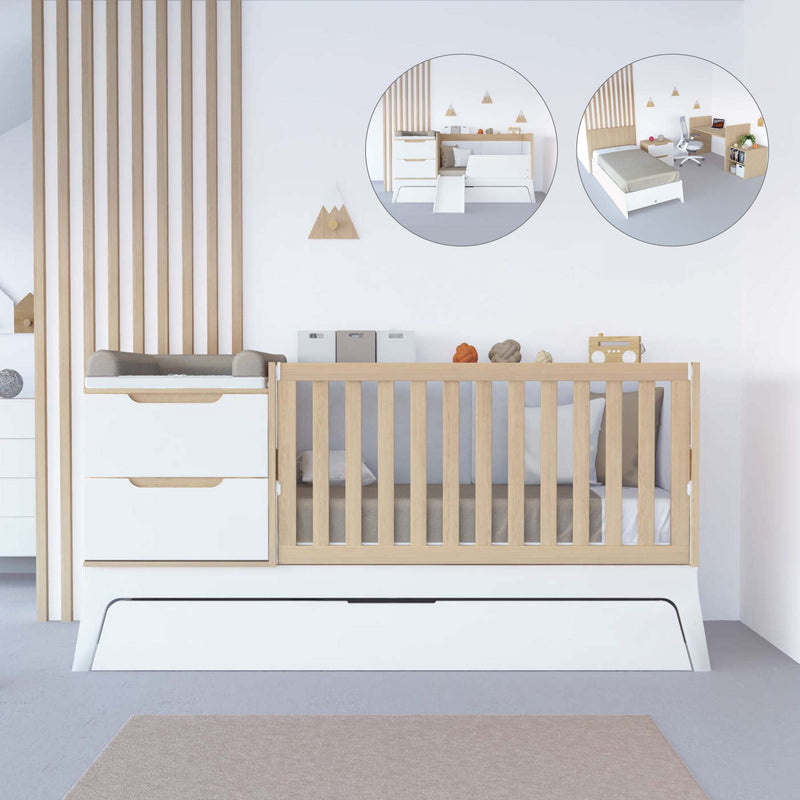If you are mum or dad, you've probably noticed how quickly children grow up. By the time we realise it, they have outgrown their clothes when they are brand new. In most cases, babies grow so fast that many of the clothes have only been worn once. That is why most mums and dads try to save all those clothes, to being able to reuse them for a little sibling, if there are plans to have more children, or for cousins.
However, sometimes, when we want to wear them again, we realise that the clothes are not as new as when they were when we stored them and, above all, they do not have that smell of new baby clothes that they used to have. For this reason, in this article we want to give you recommendations on how to store and care for baby clothes.
Tips for storing baby clothes
As we say, it's not unusual for younger siblings to reuse older siblings' clothes. The truth is this has many benefits. Among them, solidarity between siblings. However, in order to do so, we should take certain measures to store baby clothes, in order to keep them in good condition when we need to use them again. Paz Rodriguez, baby clothes store, gives us the best advice for this.
The first tip is to check all the baby clothes you plan to keep, and make a selection of everything that is not in good condition and discard it. It's normal that you find clothes that you have been fond of, but that are not in the best condition to store them. In this case, you should face this task with frankness to evaluate both their condition and their usefulness.
One of the baby clothes that you can store without problems, apart from the usual clothes, are the booties and slippers made of crochet. Although footwear should not be inherited between siblings, under any circumstances, for reasons of postural health of children's feet - each child's feet have a different shape -. This case is an exception, as these shoes have not been used for walking. However, before storing them, it's advisable to wash them.
It's advisable to have a baby wardrobe and chest of drawers in which to store all the clothes. This kind of furniture is designed to make the most of all its space and storage capacity. They also have a lot of extras such as shelves, rods, compartments ... You can take a look at our children's furniture. You can also use a customised adult wardrobe. By having more space, for example, in the area of the bars you can add an extra bar, just below taking advantage of the space.
When puting baby clothes in the drawers, use dividers. This way you will have everything much more controlled and organised by type, for example. Baby hangers are important. All the baby clothes that need to be hung up, you should hang them on this type of hangers so that they don't get deformed.
Store baby clothes in airtight drawers. This will prevent dust from getting in, which can wear and damage the fibres of your baby's clothes. Once in the drawers, classify them by size. This way, it will be much easier to find them when you want to use them for your next baby. If you keep all the clothes stored in the same place, it will be much easier to find them. You will avoid going crazy with the typical question “Where on earth did I keep this…?”
How to care for and preserve baby clothes
A very important step, before store all the baby's clothes is to wash them with the same care, that you used to do when the baby wore them. This is important to eliminate those stubborn stains and to prevent them - if they are food leftovers - from generating or attracting bugs, that can eat the material or make nests in it. Needless to say, you should wash your clothes following the label and manufacturer's instructions.
In addition, it's also advisable to iron them, as crumpled clothes take up more space than ironed ones. Of course, make sure all baby clothes are completely dry when storing them. Otherwise, it may collect moisture.
If it's going to be several years before you need those baby clothes again, it's important to remove the buttons from the most delicate garments. These buttons could rust and damage the surrounding fabric. Keep them in a small box, so that you don't lose them.
Look for a place free of moisture and dust to store the baby's clothes. This way, you will avoid bad odors, and even mould. If you prefer to store your baby's clothes in boxes in order to continue using the wardrobe, avoid using cardboard boxes. This material is not the most suitable for storing clothes for a long time. As the days go by baby clothes stored in cardboard boxes get a "musty" smell, which is usually not pleasant. You should not store baby clothes in plastic bags either, as these could transfer moisture.
A good option for storing and preserving baby clothes, are plastic storage boxes with covers. But you must bear in mind that you need to keep them in places where the sun's rays do not have a strong impact so that the colours of the garments do not deteriorate.
Use vacuum-sealed laundry bags is another recommended option for storing baby clothes. Thanks to them, everything you store will be protected from dust and mould, taking up much less space in the boxes or shelves where you store them. The only thing you should bear in mind is that when you take them out, they will probably be a little crumpled.
Before using them again, it's advisable to wash all the clothes with a mild detergent and dry them naturally. This way, you will avoid problems with mites and irritation on the baby's skin.
Many mums and dads doubt about the convenience of saving and reuse the clothes of the older children for the younger ones. But the truth is this habit brings many benefits, not only financially. But also bonding between them. In many cases, the fact that the older sibling knows that his/her little sibling is wearing his/her clothes makes him/her develop a very positive protective feeling.
Did you find this blog useful? You can read more here.




